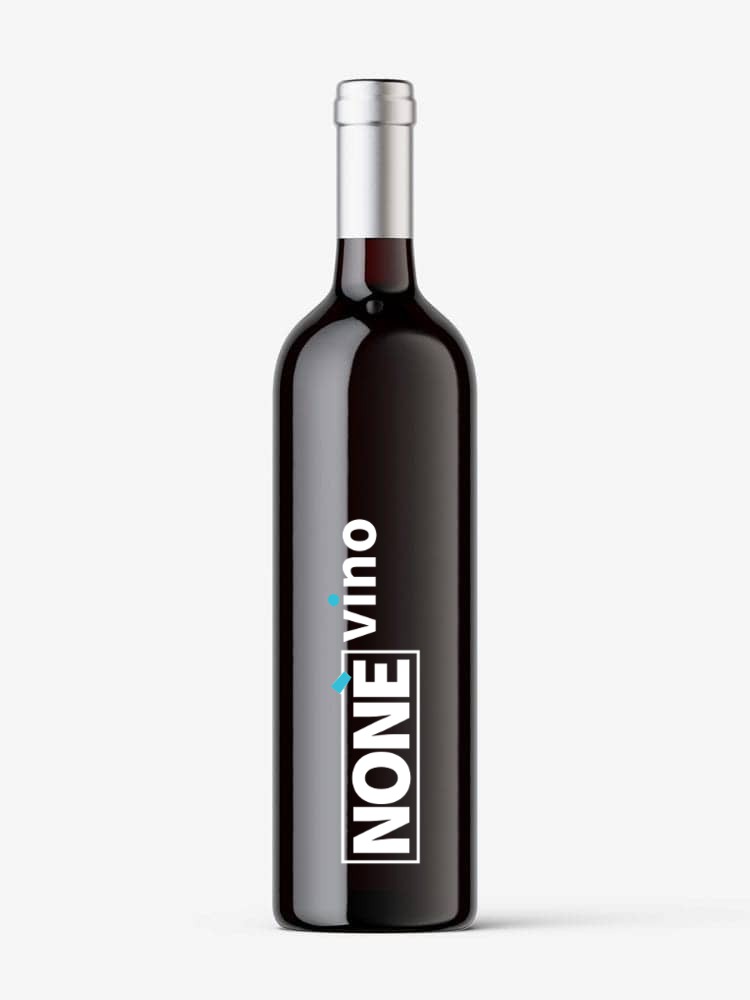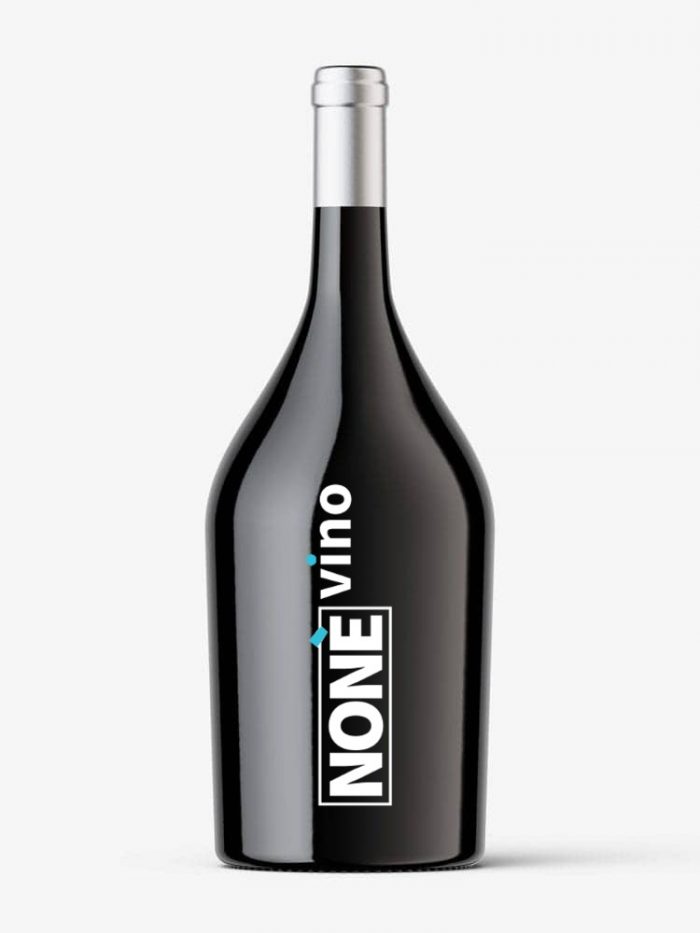The geographical area dedicated to the production of DOC Maremma Toscana wine extends over the Maremma hills of Grosseto, in an area that is adequately ventilated, bright and favorable to the fulfillment of all the vegetative-productive functions of the vineyards.
The Production Area of the Tuscan Maremma DOC Wine is located in the province of Grosseto and includes the whole territory of the province.
During the vinification phases, only loyal and constant oenological practices of the area are allowed, suitable to give the wines their particular quality characteristics.
The oenological practices of vinification of the Tuscan Maremma DOC wine include, among other things, that:
– The maximum yield of grapes into DOC Maremma Toscana wine must not exceed: 70% for white and red wines and with indication of grape variety; 50% for Late Harvest Wines; 40% for Passiti wines and 35% for Vin Santo; if these parameters are exceeded within the limit of 75% (38% for the “Vin Santo” type, 45% for the “Passito” types, 55% for the “Late Harvest” types), the excess will not be entitled to the DOC. Beyond these limits the right to DOC for the whole product lapses.
– The DOC Maremma Toscana Rosato wine must be obtained with the “ rosé ” vinification of red berried grapes.
The DOC Maremma Toscana Novello wine must be obtained with the vinification of the grapes according to the carbonic maceration technique for at least 40% of the production.
– The DOC Maremma Toscana Passito wine must be obtained with natural drying of the grapes in the air or in suitable rooms, with the possibility of partial dehydration with ventilated air, until reaching a total alcoholic strength by volume of not less than 15.50%.
– The DOC Maremma Toscana Vin Santo wine must be obtained with natural drying of the grapes in the air or in suitable rooms, with the possibility of partial dehydration with ventilated air, until a sugar content of not less than 26% is reached.
– The DOC Maremma Toscana Spumante wine belongs to the category “Quality Sparkling Wine”,
and can be made sparkling with both the Martinotti and the Classic method, or with refermentation, respectively, in autoclave or bottle.
– In the designation of the Maremma Toscana DOC wines, the term ” Vigna ” may be mentioned as long as it is followed by the relative toponym and certain winemaking practices are respected.
– On the labels of each type of DOC Maremma Toscana wine it is mandatory to report the year of production of the grapes, with the exception of the type of sparkling wine.
The human factors linked to the production area, which by consolidated tradition have contributed to obtaining the wines of the “Tuscan Maremma”, are of fundamental importance. In this area, in fact, there are testimonies of the cultivation of vines that date back to the Etruscan period – the ancient Etruscan cities of Vetulonia, Roselle and Sovana, respectively in the central-northern, central and southern part of the province, the areas near the lake of Lit to the north, by Ghiaccio Forte, by Marsiliana along the Albegna, by Cosa and the villa of “Settefinestre” near Capalbio which represents an example of a Roman villa dedicated to wine-growing in the south, are just some examples of more or less settlements relevant – as evidenced by some findings.
The Roman domination accentuated the tendency to improve winemaking techniques, which remained unsurpassed until the Middle Ages; in this historical period, the vine acquired particular importance as a colonizing plant, so much so that rulers and feudal lords recognized the need to grant suitable lands for this crop, which had particular protection with specific statutory regulations.
On the occasion of the subdivisions of feudal and municipal lands, “land concessions in areas with a viticultural vocation” were explicitly indicated.
Furthermore, the role of the Benedictine monks was important, especially for the recovery and maintenance of the cultivation of the vine, which was consolidated around the walls of medieval towns.
In the centuries ranging from 1300 to 1600, as evidenced by numerous municipal statutes (Community of Cotton, municipalities of Massa Marittima and Monterotondo, etc.), there was a further development in the spread of viticulture, thanks also to the merit of the great noble families present on the territory, such as the Aldobrandeschi, the Sforza or the Orsini .
In the twentieth century, characterized by two wars and twenty years of political dictatorship, the provincial viticultural situation followed the fate of agriculture in general, whose main objective was to achieve a consumer economy and the full employment of the hand. of opera. In this period, viticulture was conditioned by the pulverization of direct farming properties and by the widespread forms of sharecropping management, which represented limitations to the expansion of viticultural specialization. Despite this, in the first half of the last century, the area under vines in Maremma did not undergo profound changes.
The viticultural expansion, not accompanied by the improvement of the winemaking technique and therefore by the improvement of the quality of the wines produced, created considerable problems of organization and diffusion of the wines themselves, but also problematic was the discrepancy of the transformation technique and the availability of only modest split batches, of variable quality, even if they are valuable.
A decisive contribution to the resolution of these problems was given by the creation in the 1960s of the Social Cellars located in the centers of greater concentration of wine and by the company’s agricultural cellars.industrialized. For the Maremma, this is an important circumstance for the birth of the wine industry, which allowed to present uniform wines on the market, with constant characteristics, improved in quality and standardized in presentation. Therefore, there are many reasons that led to the request for recognition of the geographical indication (GI) “Maremma Toscana” Bianco and Rosso with ministerial decree March 22, 1988, subsequently replaced, by ministerial decree October 9, 1995, with the typical geographical indication (IGT) “Maremma Toscana”.
At the end of the 90s, however, there was a stronger awareness that the territory of the
Grosseto Maremma could aspire to the recognition of the controlled designation of origin for the wines produced in the area, also strengthened by the birth of the “Rural District” for the entire provincial territory (LR 21/2004), the first recognized in Tuscany. The regional legislation defines rural districts as “Local production systems characterized by a homogeneous historical and territorial identity, deriving from the integration between agricultural activities and other local activities, as well as from the production of goods or services of particular specificity, consistent with traditions and vocations natural and territorial “.
The “District”, created with the aim of creating a “Territorial Quality System” in order to contribute to the growth and economic and social development of the territory, assuming sustainability and innovation as its fundamental principles, has enabled path to enhance the local quality production and biodiversity of the Maremma. In this context, the wine sector certainly represents one of the strengths in the product-territory link and its enhancement includes several intrinsically linked factors, ranging from product quality to historical, cultural and environmental values.
The Maremma Toscana DOC wine obtained the recognition of the Controlled Designation of Origin on 9 October 1995.







